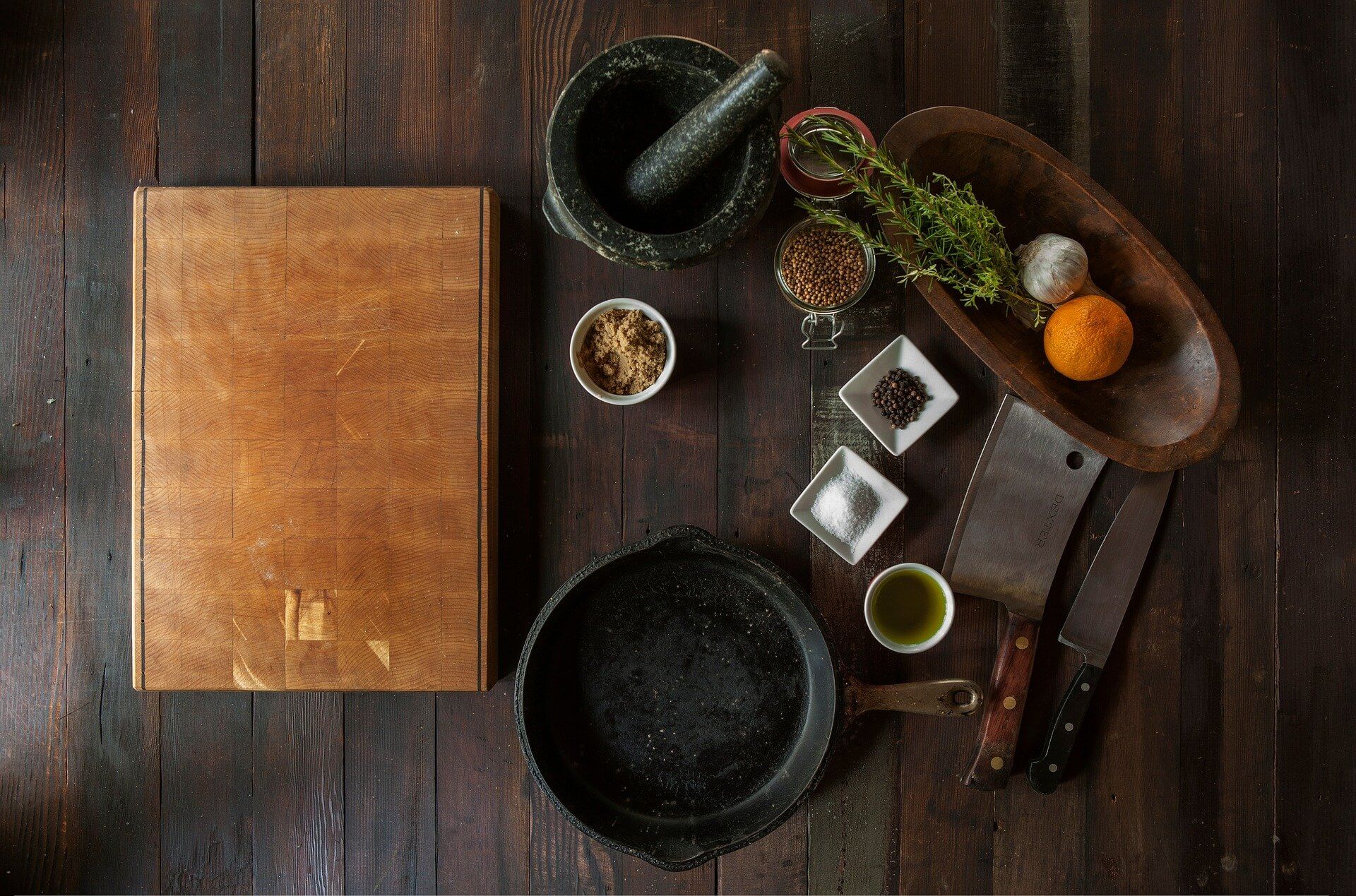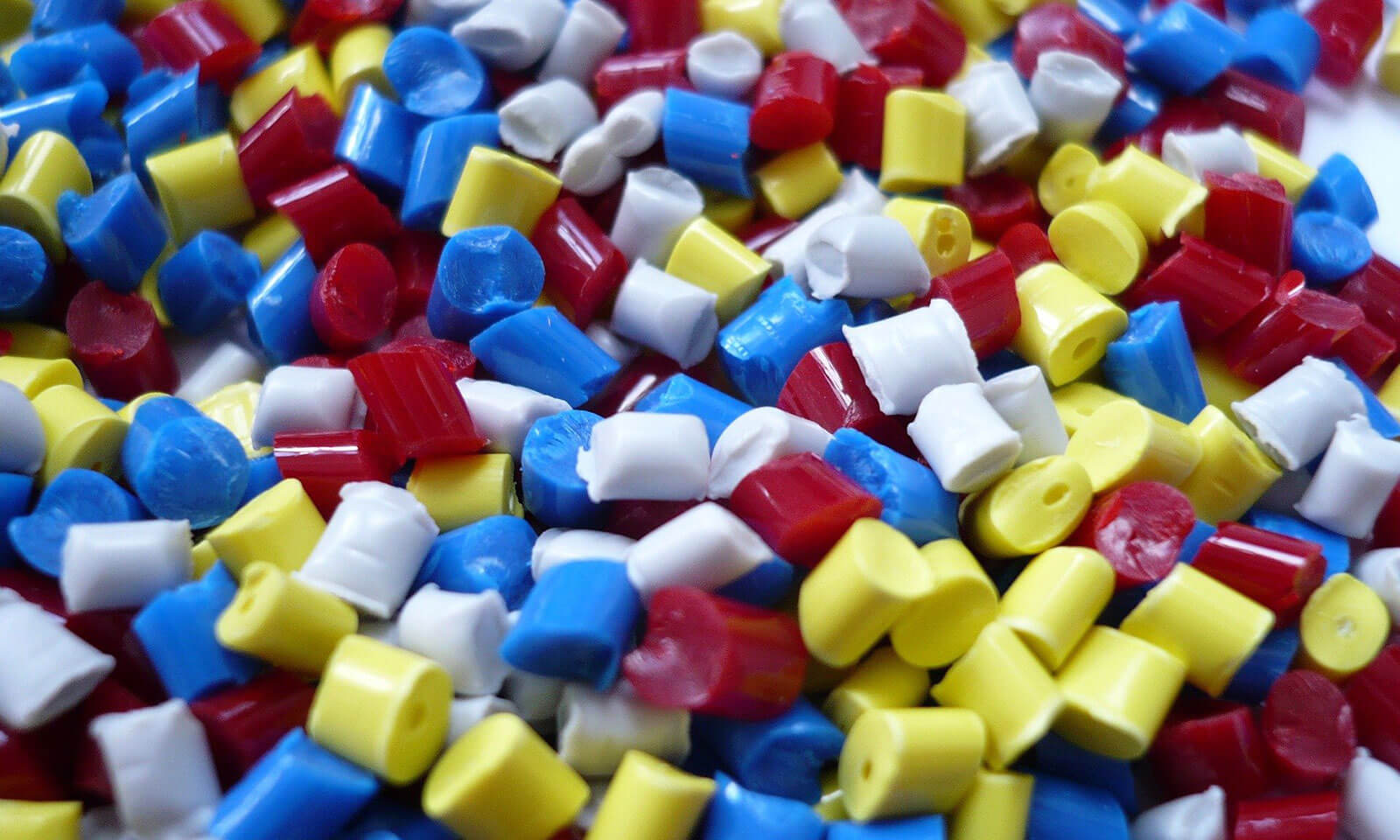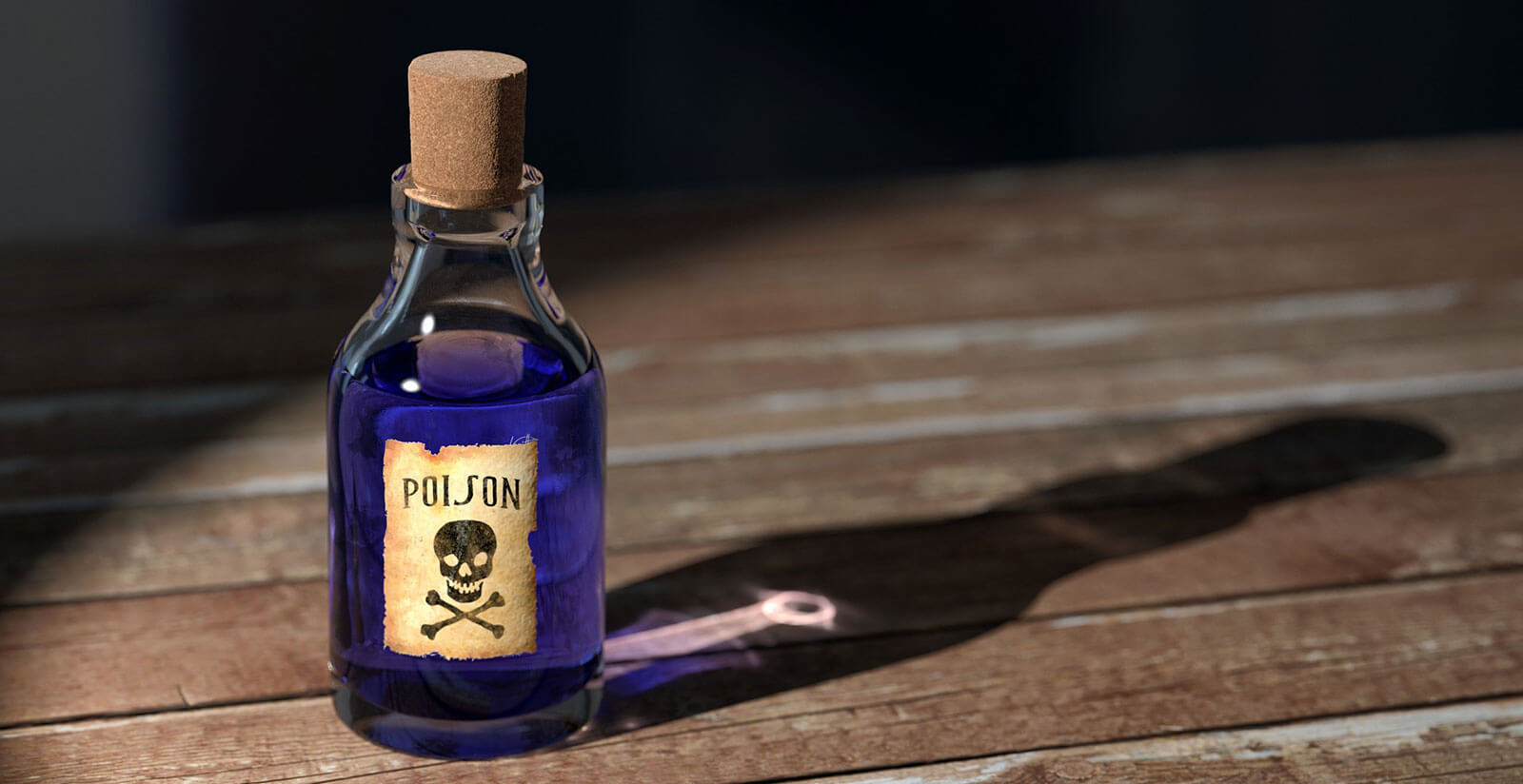Everything you need to know for a food-safe prototype
Time: 21 April 2023
Food safe products or prototypes can contact the food directly and will not create a food safety hazard. Food contact surfaces include any surface that may come into direct contact with food. These surfaces must be made of non-toxic materials after a complete consideration to withstand the environment of intended usage, such as exposure to detergent and necessary cleaning procedures. Understanding the information of food-safe regulations is vital for producing food-safe prototypes and products.
Different countries have strict regulations on food contact materials. These regulations are different and one should not be used to cross-reference the other.
For example, the FDA (Food and Drug Administration) from the USA defines the food-grade material from a document called INDIRECT FOOD ADDITIVES. The FDA also stresses the importance of “good manufacturing practices” and states that a “substance used as a component of articles that contact food shall be of a purity suitable for its intended use.”
Regulations No 10/2011 for plastics in contact with food in European Union includes the additional regulations that exist for metal, cardboard and paper products, and ceramics. There are other regulations about food contact material in the US, Europe, and other countries. You should consult clearly about the documents or the equivalents of different countries when preparing food-safe prototypes and products.

Why prototype should consider food safe grade?
Reaction between substances
Processing and flavoring make the food delicious while change or increase the properties to the food. Those different substances may react with materials to generate hazardous substances.
Migration between molecules
We enjoy the delicious food, not the contacting container. Why contacting material and prototype should be managed strictly? That’s because of a specific way to ingest parts. Particles as small as a few nanometers and up to hundreds of nanometers may get transferred each time when contacting. Though the subtle migration is invisible but makes differences day after day.
Toxic material
Improper manufacturing way, coating with toxic material for better appearance, such methods are harmful to the human body. Every country has strict regulations on food-grade production environments.

Material of food-safe prototype
- Food safe material must meet the following requirements:
- Safe under normal usage
- No migration of deleterious substances
- Withstand enough for repeated washing
- Durable, corrosion-resistant, and nonabsorbent
- Does not impart odors or tastes
- The requirements can be applied to the additives and masterbatch, such as plasticizers, anti-static, and dyes, etc.
Food-safe material has to withstand contacting food. The application of materials depends on the end-use of parts being made. The following materials are recognized as the standard in the industry.
| Plastic |
Application |
Metal |
Application |
| HDPE - High density Polyethylene |
Bottles, food wrappers, food storage buckets |
Stainless steel 316 |
Utensils, containers, machine parts |
| LDPE - Low density Polyethylene |
Cling wrap/film, waterproof inner container layer, six-pack connector rings |
Stainless steel 304 |
Utensils |
| PP - polypropylene |
Yoghurt pots, disposable microwaveable containers |
Stainless steel 430 |
Containers, especially for corrosive foods |
| PET - Polyethylene Terephthalate |
Bottles, jars, containers |
Titanium |
Utensils, machine parts |
| Other polyurethanes materials |
/ |
Cast iron |
Pots, pans |
| |
|
Aluminum |
Cans, baking trays |
| |
|
Nickel Alloys |
/ |

Design tips for food-safe prototype
It is the worst when the food in contact with bacteria. Any crevice and the rough surface can accelerate the breeding of bacteria.
Avoid sharp corner
It is hard to clean when food builds up in the corner. Try to replace with large-radius fillets. Avoid any space that can’t be cleaned with fingers or cleaning tools.
Free of crevices or voids
Crevices or voids make the prototype can’t be cleaned entirely. If the crevices are necessary for functionality, consider adding removable parts for easy access to clean.
Smooth surface ridges
Surface ridges are the breeding grounds for bacteria. Make sure the contacting surfaces are polished and smooth. Usually, the food-safe prototypes by 3D printing can not meet the requirements because of the rough surfaces. Consider achieving it with a safe coating.
Producing way for food-safe prototypes
CNC machining
CNC machining builds prototypes with almost all the metal and plastic materials. Grinding can be used to remove material and smooth surfaces.
3D printing
Speed and price make 3D printing become an ideal choice for rapid prototyping but food-safe prototypes. Most 3D printing materials can’t in contact with food. The printed rough surfaces breed the bacteria. Most hobbyist machines can’t reach food-safe manufacturing standards.
3D printing is a growing manufacturing way. Some state-of-the-art companies are experimenting with ceramics material that can in contact with food. We recommend that you could make the prototypes in 3D printing during the initial testings and consider other manufacturing ways for the final testings.
Vacuum casting
Vacuum casting can produce prototypes with a food-safe silicone mold. However, it is only for food-safe prototypes in small sizes.
Metal casting
Metal casting is more expensive than CNC machining, but it is more suitable for iron skillets and other heavy-duty cookware.
Sheet metal fabrication
304 and 316 stainless steel are ideal for sheet metal fabrication.
Polish
Polish helps to smooth out the prototypes when rough surfaces from other manufacturing ways.
Safe coating
You can try to cover the non-qualified parts with a food-safe coating. The coatings include anything from food-grade epoxy to polyurethane. They smooth out the surface by filling in gaps and crevices, which create a safe waterproof layer between the prototype and food. The coating must be free of defects such as pitting, blistering, delamination, etc. The coatings should be compatible with any cleaning products that are to be used to periodically clean the part in service.
Food-safe prototypes have more restrictive regulations than other kinds of prototypes. Before the final products, prototypes is your last chance to revise and correct the production. Learn more about food-safe regulations for your products to avoid unnecessary costs. If you are not sure whether your prototypes should use which materials and manufacturing ways,
contact us now to get our suggestions. Our sales team is willing to serve.


